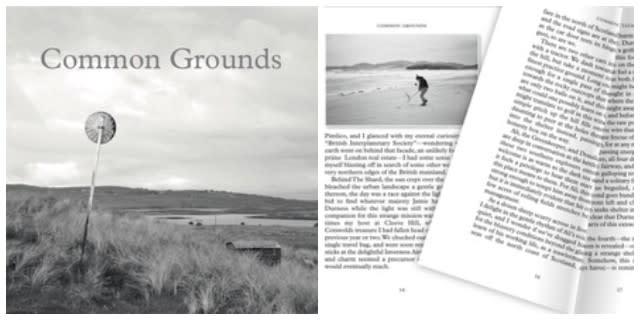
What Do Golf Stats Mean?
Golf is such a richly compelling sport, ideal for producing various performance stats to break your game down, whether you are Rory McIlroy or the everyday Sunday hacker in desperate pursuit of that handicap cut. Tour players closely analyse their statistics to identify areas for improvement, an endeavour that we also encourage our golfers to follow in the Golfshake Score Tracker, but with the various acronyms and jargon, you could become a little lost as to what half of the stats actually mean.
So, we have put together this quick explainer that should provide greater understanding and insight behind tracking and benchmarking your golf game.
Strokes Gained
In recent years, Strokes Gained has become the preeminent statistic deployed on tour, divided into three distinct segments, Off-The-Tee, Approach, and Putting. Devised by Professor Mark Broadie, SG measures how a player is performing compared with other golfers in the field.
Broadie himself, explains: "If a stroke starts on a tee where, according to historical data, the average score is four, and if it finishes at a position in the fairway where the average strokes to hole out is 2.8, then the tee shot has moved the ball 1.2 strokes closer to the hole with just one stroke. The single tee shot has gained 0.2 strokes compared to an average tee shot, so it has a “strokes gained” of 0.2. Strokes gained recognizes that sinking a 20-foot putt represents a better performance than sinking a three-foot putt, even though they both count as a single stroke on the scorecard. Strokes gained assigns a number to this intuition."
In 2019, Rory McIlroy led the PGA Tour in Strokes Gained: Tee-to-Green, while Denny McCarthy was the leader in Putting.

FIR
Fairways in regulation is a classic golf stat and is used to determine accuracy from the tee. Quite simply, if you hit a fairway, then you have a positive mark to add. However, while it can be a handy rough guide to see if you're above average in terms of not being wayward, FIR doesn't account for distance, so it's a statistic that needs to be caveated and balanced.
That said, having a high percentage for fairways hit can't be a bad thing. In 2019, on the PGA Tour, Chez Reavie led by the way by hitting 75.72% of fairways.
GIR
Greens in regulation is that other staple of golf statistics, determining whether you have found the green in requisite enough strokes to have a birdie or eagle putt. Maintaining a high percentage for this stat is a sign of consistent ball striking but doesn't account for the distance you have from the hole. Corey Conners led the PGA Tour in 2019 at 73.06%.
Proximity to Hole
It's one thing hitting the green, but how close are you to the hole? That will determine your likelihood of a birdie chance, or whether it's merely an adventure not to three-putt. Proximity to the hole is measured by the average distance the ball comes to rest from the hole after the player's approach. Like GIR, Corey Conners led the PGA Tour in 2019 with an average proximity of 32' 6".
SSCRM
Scrambling! When you miss a green with an approach shot, how often do you get up and down? Testing your short game and putting, making more saves and reducing errors is a great way to knock strokes from your card. Last season, Tommy Fleetwood led the PGA Tour in scrambling, getting up and down 67.98% of the time.

Putting Average
When you eventually reach the green, how many putts do you normally take? Putting Average is a way to determine this, dividing the number of putts you have recorded with the total number of holes played. In 2019 on the PGA Tour, Jordan Spieth averaged 1.539, putting 2,189 times on 1,422 holes of golf.
3 Putt Avoidance
No matter what level of golfer you are, three-putting is among the most frustrating ways to squander strokes. 3-Putt Avoidance is the stat used on tour that you can calculate for yourself on Golfshake, count the number of holes that you have played, work out the number of times you three-putted, and then determine the percentage. In 2019 on the PGA Tour, Wyndham Clark had a stat of 1.44%, recording a total of just 22 three-putts in 1,530 holes. Now, beat that!
So, there are just some of the key stats that you see used in golf to judge overall performance. Tracking your numbers on Golfshake is a great way to determine how you're getting on and where improvement is required.

Be part of the action with a selection of unique golf tournament experiences, from playing in a pro-am with the stars to watching the action at golf’s most illustrious events. Whether it’s the Masters or The Open, The Ryder Cup or WM Phoenix Open, build your own bespoke package with the experts at Golfbreaks.com.
Tags: stats Score Tracker PGA Tour daily picks









